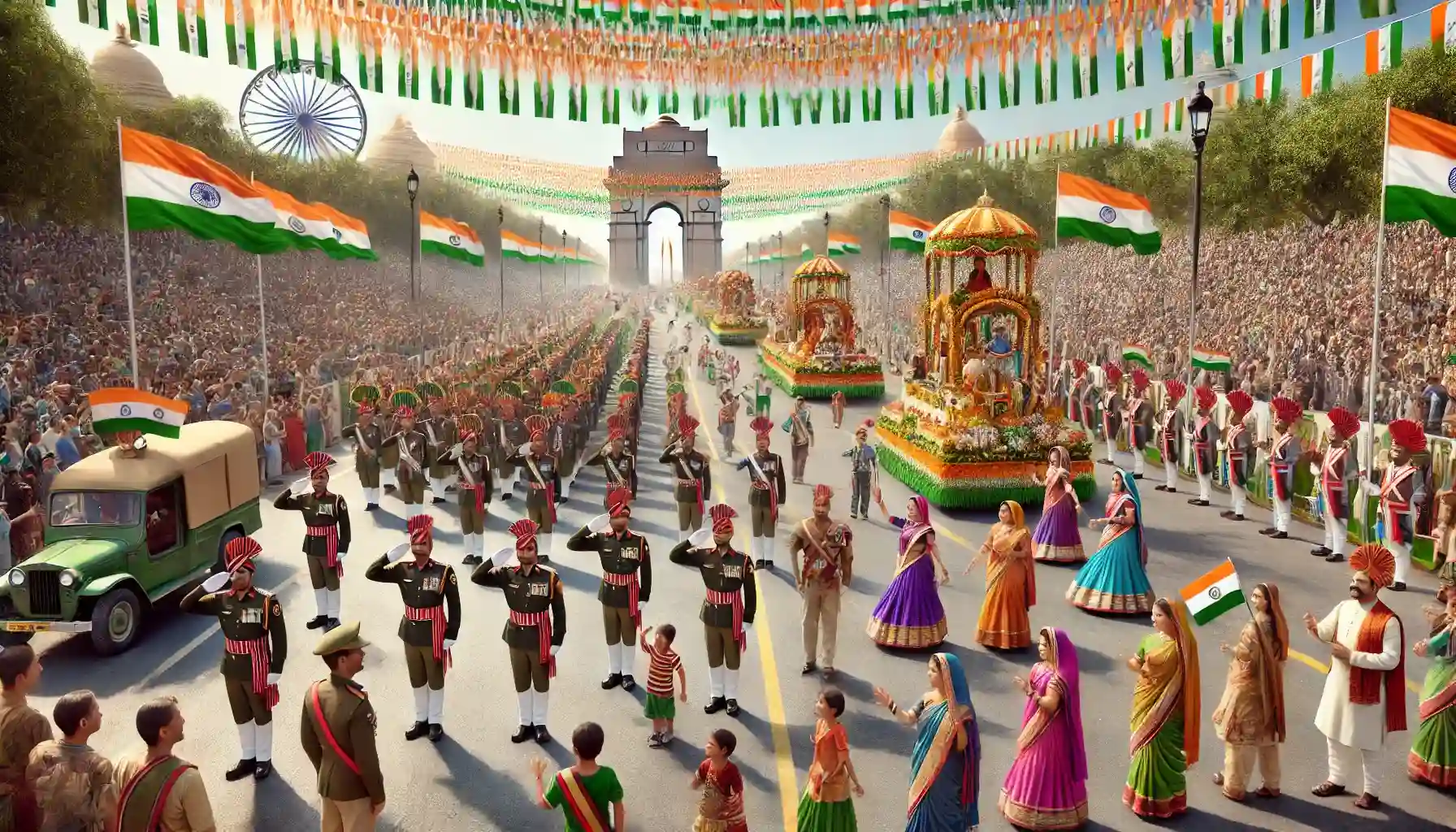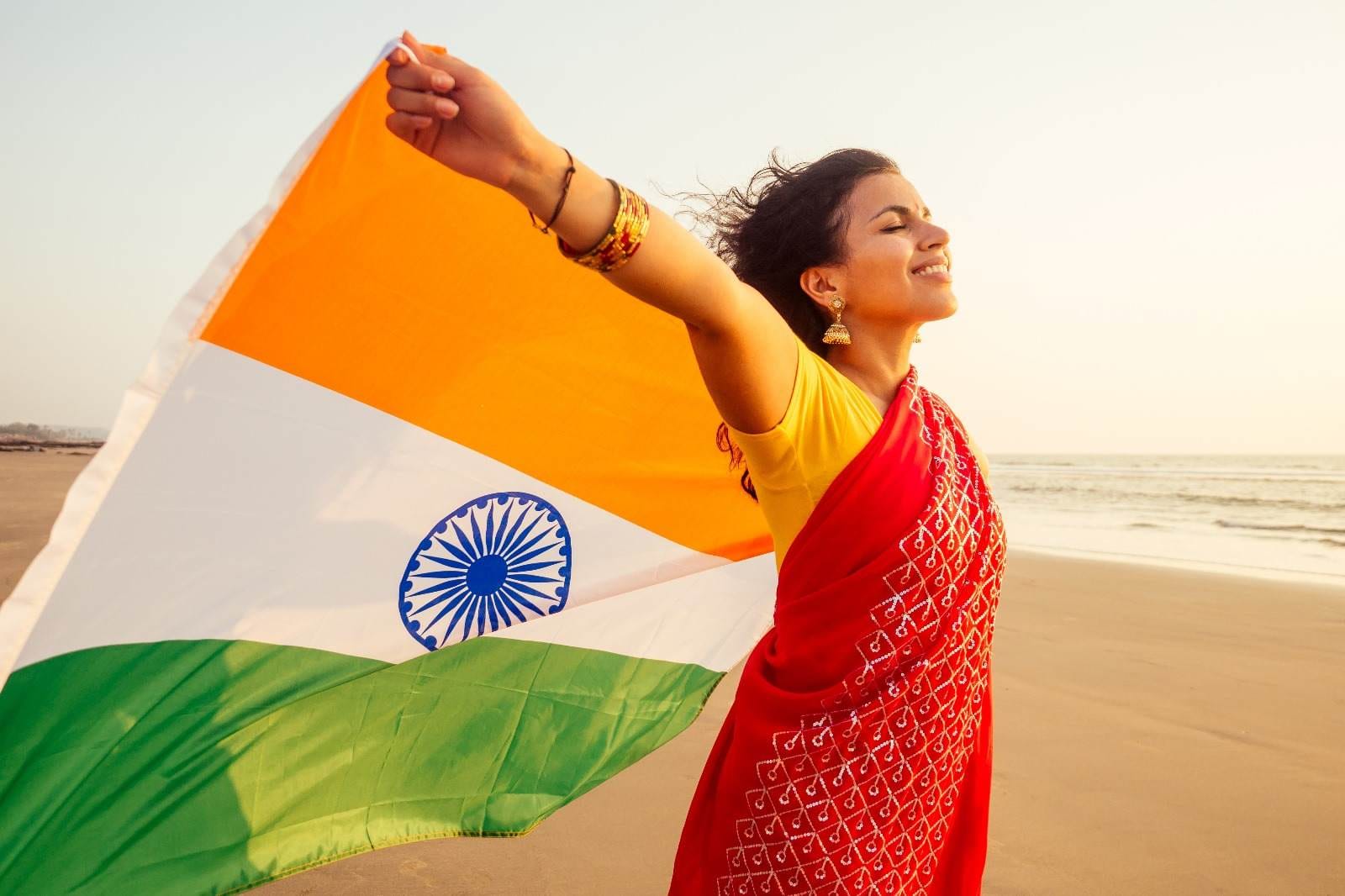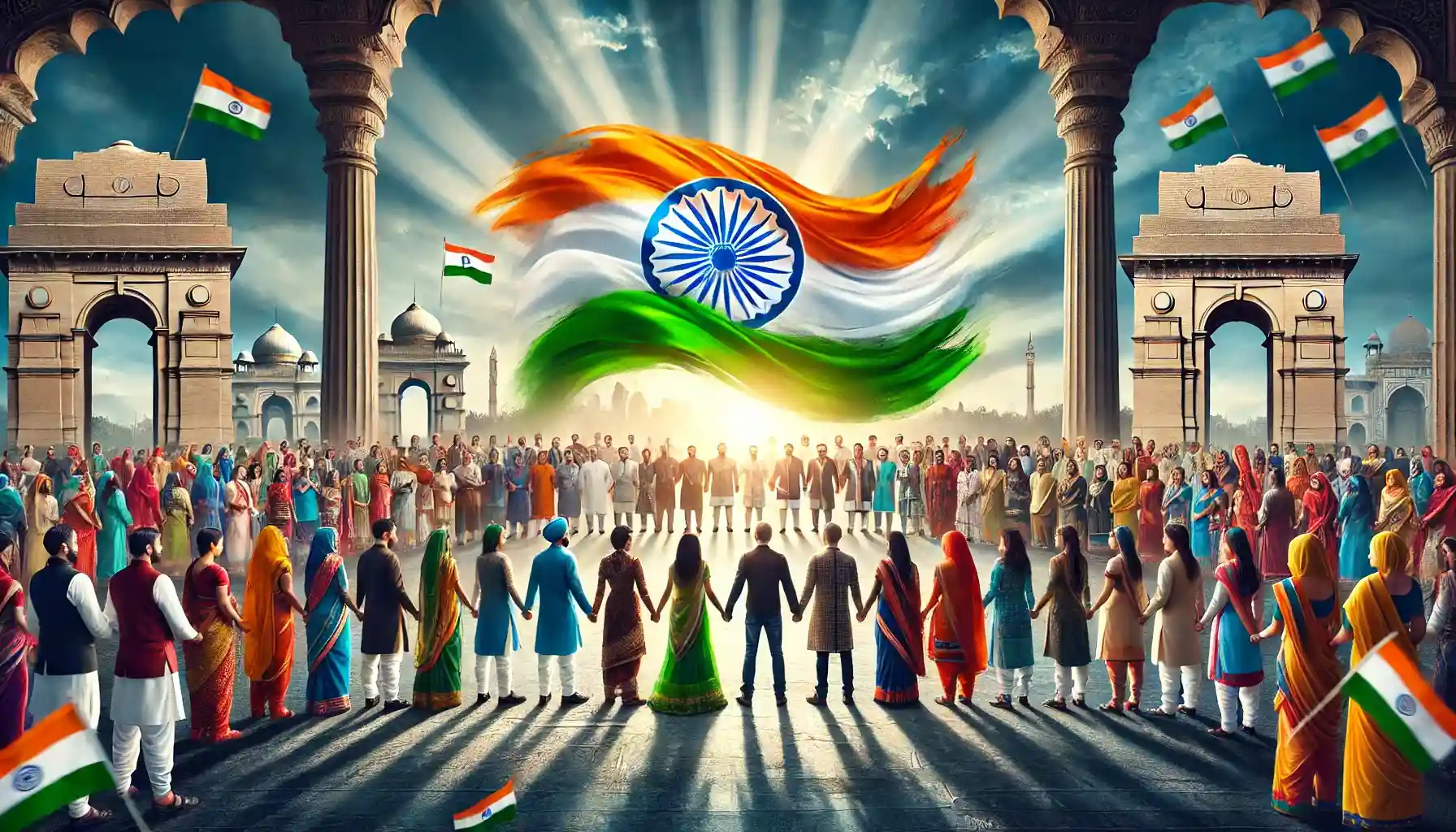Republic Day is one of India's most significant national holidays, annually on January 26th. This day marks the anniversary of the enactment of the Constitution of India in 1950, a momentous event that transformed India into a sovereign, democratic republic. It’s a day to honor the principles of justice, liberty, equality, and fraternity that form the bedrock of the nation’s democratic framework.
Historical Significance
The journey to becoming a republic began with India's independence on August 15, 1947. While the country gained freedom from British colonial rule, it operated under the Government of India Act of 1935 until the Constitution was adopted. The Constituent Assembly, comprising visionaries and leaders like Dr. B.R. Ambedkar, Dr. Rajendra Prasad, Jawaharlal Nehru, and others, worked tirelessly to draft the Constitution, which was finalized on November 26, 1949, and came into effect on January 26, 1950. The date was chosen to commemorate the declaration of Purna Swaraj (complete independence) made by the Indian National Congress on January 26, 1930.

Republic Day Celebrations
Republic Day is celebrated with grandeur and patriotic fervor across the country. The day's highlight is the grand parade at Kartavya Path (formerly Rajpath) in New Delhi. This parade showcases India’s cultural diversity, military strength, and technological advancements. The President of India, the ceremonial head of the state, unfurls the national flag, followed by a 21-gun salute and the national anthem, "Jana Gana Mana.". The event also includes:
- Tableaux Displays: Different states and union territories present vibrant tableaux depicting their unique culture, heritage, and achievements.
- Military March Past: The parade showcases India’s military strength, including tanks, missiles, and fly-pasts by fighter jets.
- Cultural Performances: School children and artists present colorful dances and musical performances, adding a festive touch.
- Gallantry Awards: The President confers prestigious awards like the Param Vir Chakra, Ashok Chakra, and Bharat Ratna to honor acts of bravery and exceptional service.

Celebrations Across India
While the grand parade in New Delhi is the highlight, Republic Day is celebrated with unique local flavors in every corner of the country. Here's how it is observed across different states:
Northern India
- Punjab and Haryana: Schools and colleges host cultural programs, patriotic songs, and flag-hoisting ceremonies. Traditional games, folk dances like Bhangra and Gidda, and kite flying are common in rural areas.
- Jammu & Kashmir and Ladakh: Republic Day is celebrated enthusiastically despite extreme weather. Ceremonial parades are organized in Srinagar and Leh, and locals participate in cultural events showcasing the region's traditions.
Western India
- Rajasthan: The desert state celebrates with patriotic fervor. Ceremonial marches, camel processions, and folk music performances are shared. Cities like Jaipur and Udaipur host special programs emphasizing cultural heritage.
- Gujarat: Republic Day coincides with the Kite Festival (Uttarayan), where the skies are filled with colorful kites. Schools organize cultural performances and patriotic plays.
Eastern India
- West Bengal: Kolkata’s Republic Day parade is a Red Road spectacle featuring cultural performances and military displays. Traditional music and dance performances highlight Bengal’s rich heritage.
- Assam: Republic Day in Assam includes parades, cultural events, and traditional Bihu dance performances. Tea gardens often organize their own celebrations.
Southern India
- Tamil Nadu: Republic Day is marked by parades, flag-hoisting ceremonies, and cultural programs. Traditional dance forms like Bharatanatyam are showcased, reflecting Tamil Nadu's rich artistic legacy.
- Kerala: The state celebrates with flag-hoisting ceremonies in schools and government institutions. Boat races and Kathakali performances are occasionally part of the celebrations.
Central India
- Madhya Pradesh: Republic Day parades and cultural displays are organized in major cities like Bhopal and Indore. Folk dances and songs unique to the region are performed to celebrate India’s diversity.
Northeast India
- Manipur, Mizoram, and Nagaland: These states showcase their rich tribal heritage with parades and cultural events. The key highlights are folk dances, traditional music, and local crafts and attire displays.

The Spirit of Unity and Patriotism
Republic Day is not just about parades and ceremonies; it’s a time to reflect on the values that unite the nation. It’s a day to appreciate the sacrifices made by countless freedom fighters and to reaffirm our commitment to the ideals enshrined in the Constitution. Across cities, towns, and villages, schools and communities organize flag-hoisting ceremonies, cultural programs, and speeches to inspire citizens, especially the younger generation.
A Time for Reflection
As India celebrates Republic Day, it’s also an opportunity to introspect on the progress and challenges ahead. It reminds us of our duty as citizens to uphold democratic values, foster inclusivity, and contribute to the nation’s growth and prosperity.
Conclusion
Republic Day is more than a public holiday; it celebrates India’s rich heritage, resilience, and aspirations. It’s a day that brings together people from all walks of life to honor the Constitution that binds the nation as one. As we unfurl the tricolor and sing the national anthem, let’s pledge to uphold the principles of democracy and work together to build a brighter future for our country. Jai Hind!
Call to Action
Celebrate Republic Day with a special Satsang at Radha Krishna Temple of Dallas on Sunday, January 26, 2025, at 10:30 a.m. CST/10 p.m. IST.
FAQs
1. What is Republic Day, and why is it celebrated?
Republic Day is celebrated on January 26 every year to honor the day the Constitution of India came into effect in 1950, replacing the Government of India Act (1935) as the governing document of India. It marks the establishment of India as a sovereign, democratic republic.
